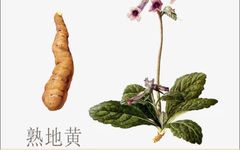

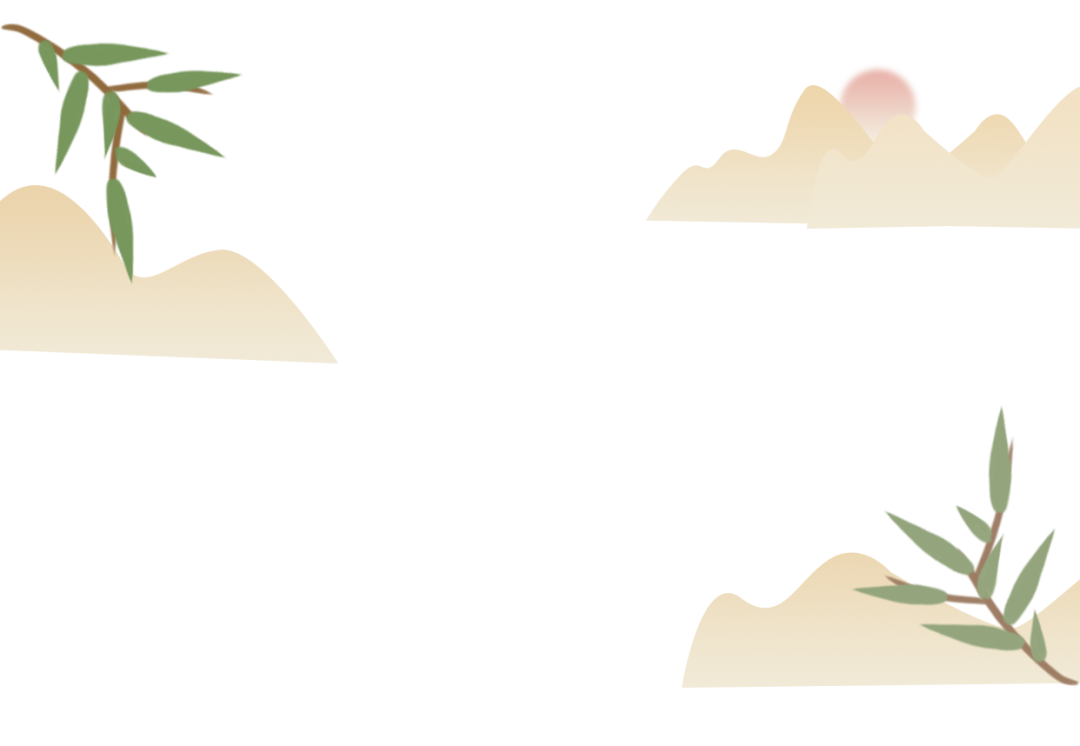


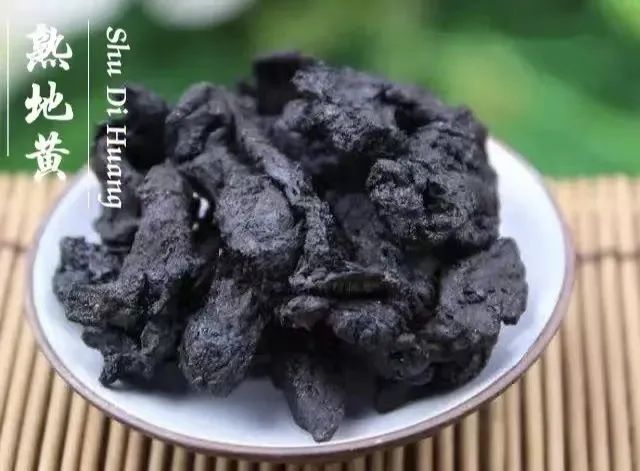
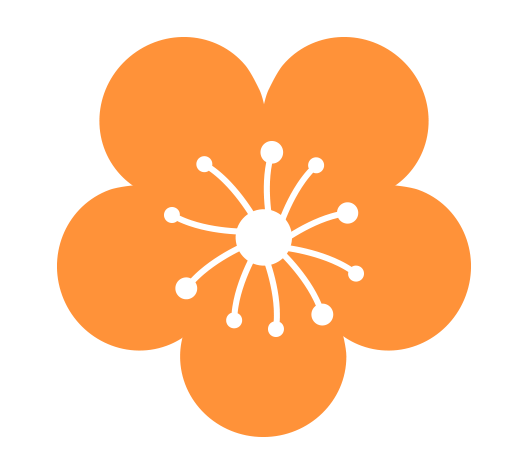
Following the previous introduction of Da Huang (Rhubarb), Ren Shen (Ginseng), and Fu Zi (Aconite), today we will share with you the “Good Minister” among medicinal herbs—Shu Di Huang (Rehmannia Root).
Shu Di Huang Introduction
Shu Di Huang is processed from Sheng Di Huang (Raw Rehmannia Root), which is first recorded in the Shen Nong Ben Cao Jing (Shen Nong’s Classic of Materia Medica). The term “Di” in Di Huang comes from an ancient method of testing the herb. The Ri Hua Zi Ben Cao records: “The raw one is tested by soaking in water. The floating one is called Tian Huang (Heavenly Yellow), the half-floating and half-sinking one is called Ren Huang (Human Yellow), and the sinking one is called Di Huang (Earth Yellow). The best for medicinal use is the sinking one, the half-sinking one is second, and the floating one is not suitable.” The meaning of “Huang” has two interpretations: one says, “In ancient times, the soil suitable for growing Di Huang is yellow earth”; the other says, “The root resembles human fingers, which are yellow” (from Tu Jing Ben Cao). It is said that in ancient times, Di Huang was used for dyeing. Shu Di Huang has various names including Shu Gan Di Huang (from Qian Jin Fang), Da Shu Di (from He Ji Ju Fang), Shu Di (from Jing Yue Quan Shu), and Huai Qing Shu Di (from Yi Zong Jin Jian). Due to the different names for Di Huang, it is also referred to as Shu Bian (from Er Ya Yi): “Bian is valued for its sinking quality, hence the character is written with a downward component.” Therefore, Shu Di Huang is also called Shu Bian (from Wai Ke Li Li).
Main Characteristics of the Herb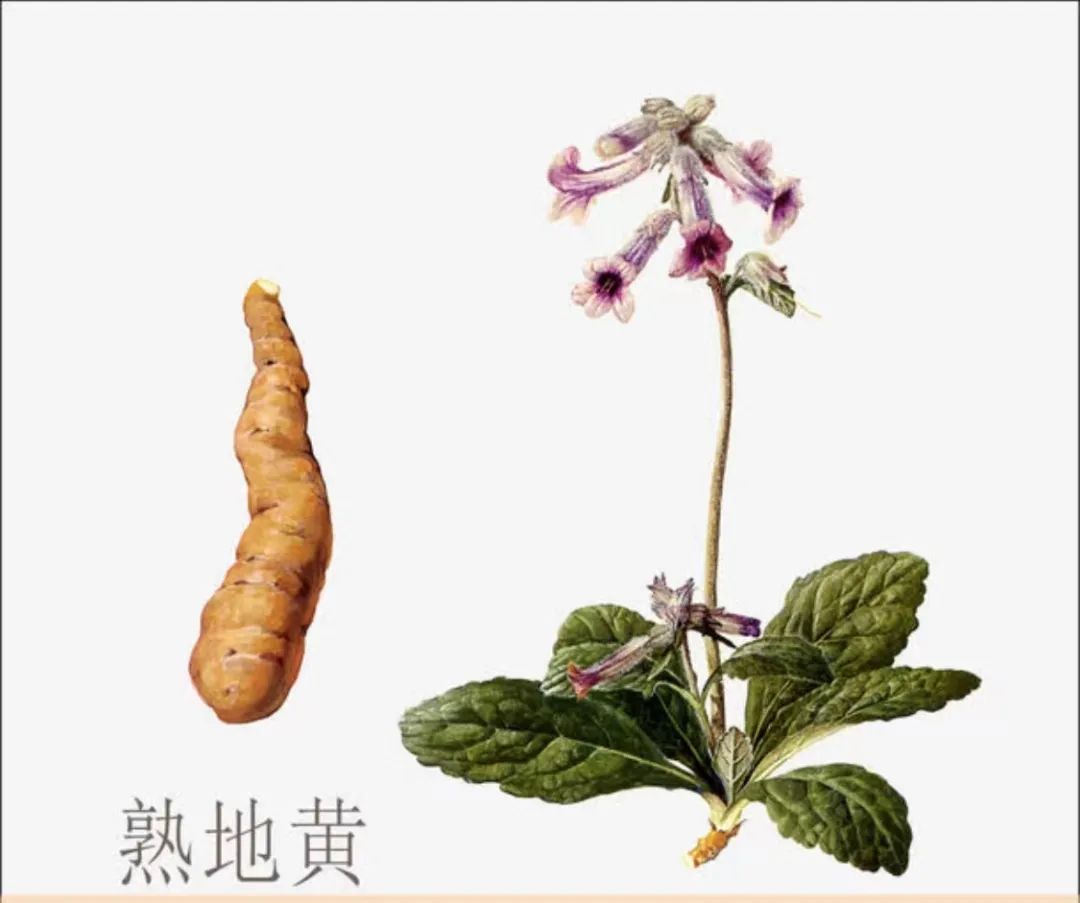
【Nature and Flavor】
Sweet, slightly warm. Primarily enters the Liver and Kidney meridians.
【Functions】
Tonifies blood, nourishes yin, benefits essence.
【Applications】
1. Blood deficiency syndromes
2. Liver and Kidney yin deficiency syndromes
3. Kidney essence deficiency syndromes
【Dosage and Administration】
Decocted for oral use, 9-15g. Steamed Shu Di Huang tonifies blood, nourishes yin, and benefits essence, but it may also be greasy and hinder the stomach. Using wine to process Shu Di Huang enhances its blood-tonifying effects and reduces its greasy nature. Charred Shu Di Huang is primarily used to tonify blood and stop bleeding, suitable for deficiency-type bleeding syndromes.
【Precautions】
This herb has a sticky quality; it should be used cautiously in cases of qi stagnation, phlegm accumulation, abdominal distension, poor appetite, and loose stools.
Main Uses of Di Huang
Fresh Di Huang, Sheng Di Huang, and Shu Di Huang can all nourish yin and generate fluids, treating syndromes of yin deficiency and fluid depletion. The differences are as follows: Fresh Di Huang is sweet and bitter, cold in nature, has a weaker ability to nourish yin, but less greasy, excels in clearing heat and cooling blood, generating fluids and quenching thirst, often used for blood heat and yin deficiency with strong heat evil; Sheng Di Huang is sweet and cool, moistening in quality, has slightly less ability to clear heat and cool blood than Fresh Di Huang, but stronger in nourishing yin and generating fluids, also less greasy, excels in treating heat entering the Ying and blood, heat diseases injuring yin, and yin deficiency with fever, but its yin-nourishing power is less than that of Shu Di Huang; Shu Di Huang is sweet and slightly warm, has a greater greasy nature, enters the Liver and Kidney and specializes in tonifying blood and nourishing yin, filling essence and benefiting marrow, excels in treating blood deficiency syndromes and Liver and Kidney deficiency syndromes.
END
 Scan to follow us
Scan to follow us
Skillful use of Shu Di, nourishes blood and benefits essence
Editor: TCM Department
Article Author: Tang Ping
Address: 18 Heishan Street, 2nd Floor, Mining Construction Building
Consultation Phone: 69842525 ext. 36389 or 36317
Appointment Phone: 69820541

